 Recipes and Reads: Culinary Labs
Recipes and Reads: Culinary Labs
Culinary Lab workshops serve up comprehensive, culinary literacy programs that include hands-on demonstrations of food and nutritional literacy; food acquisition methods; food handling, hygiene and safety; culture and history of food; and consumer cost-saving techniques and meal stretching. Each of the culinary lab workshops may include the use of fully stocked mobile, kitchen carts to aid in these food-related demonstrations. The labs are strategically located at library branches throughout the county and serve all ages. Registration may be required, at some locations, for Recipes and Reads: Culinary Lab workshops.
Basic Cooking and Food Handling: Knife Techniques
Kitchen knife skills a little rusty? Brush up on knife skills and techniques:
Holding a Knife:
- Be sure cutting boards are steady and hands are dry before using knives.
- Hold food firmly in place, with fingers held away from the blade.
- Cut slowly and steadily.
- When not in use, lay knives flat and out of the way.
Selecting the Correct Knife:
- Small Serrated Knives: used for cutting rolls, tomatoes, or soft, pitted, or stone fruits.
- Bread Knives: used for cutting harder crust.
- Kitchen Knives: used for peeling, slicing, and dicing; not suitable for cutting larger foods.
- Cook’s Knives: used to cut almost any food; ranges in size from medium to large.
Knife Technique - Cutting a Tomato into Wedges
- Use a small serrated knife to cut through the tomato vertically into two pieces.
- Place one half of the tomato cut side down on the cutting board.
- Cut through the top, angling the knife toward the center.
- Repeat until the tomato is cut into wedges.
Knife Technique - Cutting an Onion into Slices
- Place the onion on its side and hold it steady.
- Cut off the top of the onion.
- Use the tip of the knife to peel off the onion skin and trim off the root end.
- Hold the onion so that it sits on the root end. Cut the onion in half, straight to the root.
- Turn the onion and cut through the other side to make two halves.
- Lay one of the halves flat on the cutting board and slice though the onion four (or more) times in a forward motion until the center is reached. Turn it around and repeat.
- To cut an onion into small pieces (or to dice), hold a slice firmly and cut across the slice to cut little cubes.
Knife Technique - Cutting Carrots into Sticks or Cubes
- Peel the carrot using a vegetable peeler and then cut off the green, leafy top of the carrot.
- Lay the carrot down on a cutting board and, holding it at the top, slice through the middle, starting at the center and cutting down to the tip.
- Turn the carrot around and slice through the other way from the center to the top to make two halves of a carrot. Then cut each half in half lengthwise again. These are carrot sticks.
- Cut across each carrot stick to make small cubes by holding the thickest end of the piece of carrot (keeping fingers away from the blade of the knife).
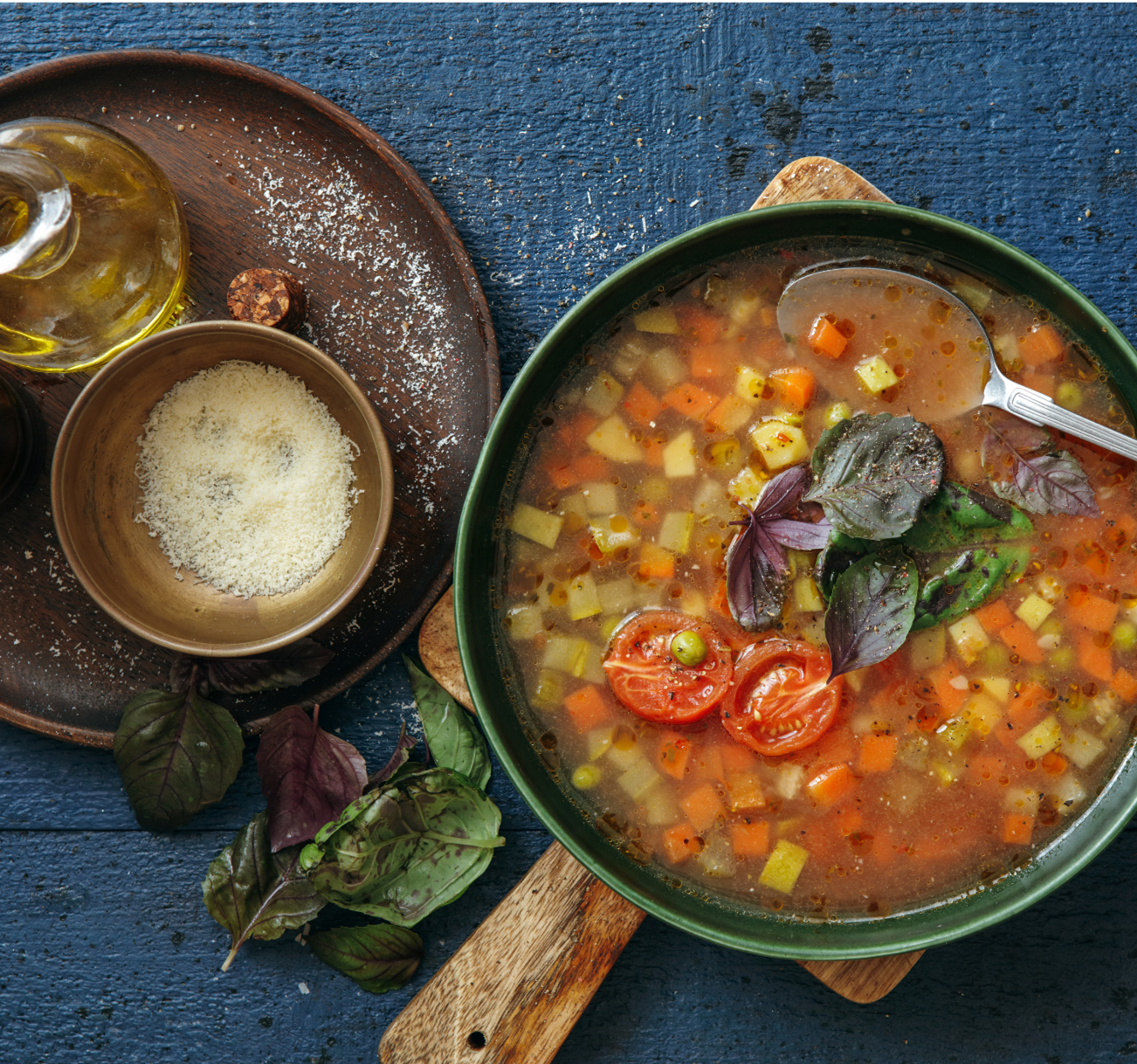
Photo Credit: Image by Congerdesing on Pixabay
Recipe: Minestrone Soup
This hearty, thick soup from Italy is often described as a knife-and-fork soup and is often served as a whole meal.
Ingredients
- 1 tbsp olive oil
- 1 onion, peeled and sliced
- 2 carrots, peeled and chopped
- 3 sticks of celery, chopped
- 2 garlic cloves, peeled and chopped
- 14 oz. can chopped tomatoes
- 2 tbsp tomato paste
- 5 cups chicken or vegetable stock
- 14 oz. can cannellini beans, drained and rinsed under cold water
- 3-1/2 oz. spaghetti, broken
Instructions
- Heat oil in a large saucepan and cook the onion and carrots over low heat for about 10 minutes, stirring occasionally with a large spoon until vegetables have softened.
- Add the celery and garlic, cook for 1 minute, and then stir in the chopped tomatoes, tomato paste, and stock.
- Bring to a boil and reduce the heat to a simmer. Cover with lid and simmer for 15 minutes.
- Add the cannellini beans and spaghetti and simmer for an additional 10 minutes or until the pasta is tender.
- Ladle the minestrone into soup bowls and serve with bread.
Information and recipe from How to Cook in 10 Easy Lessons by Wendy Sweetser.
Recommended reads
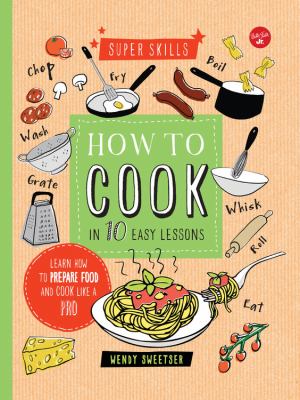 How to Cook in 10 Easy Lessons by Wendy Sweetser
How to Cook in 10 Easy Lessons by Wendy Sweetser
Reserve a copy
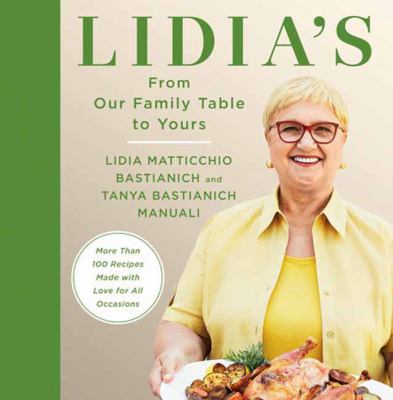 Lidia's from our family's table to yours by Lidia Bastianich
Lidia's from our family's table to yours by Lidia Bastianich
Reserve a copy
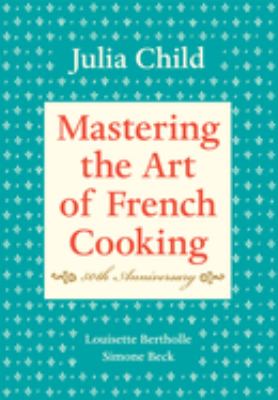 Mastering the Art of French Cooking by Julia Child
Mastering the Art of French Cooking by Julia Child
Reserve a copy
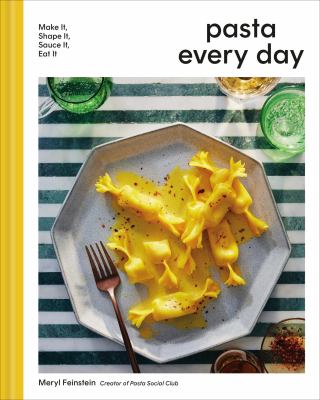 Pasta every day : make it, shape it, sauce it, eat it by Meryl Feinstein
Pasta every day : make it, shape it, sauce it, eat it by Meryl Feinstein
Reserve a copy

Upcoming programs
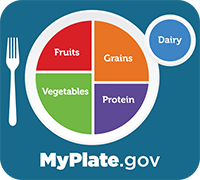 Resources
Resources
FDA Food Labeling and Nutrition
Food Waste Prevention (April only)
Florida Department of Agriculture Nutrition Programs
Florida Department of Agriculture Food Recovery Program
Florida Department of Health in Volusia County
Healthiest Weight Florida Initiative and Healthiest Weight Brochure


